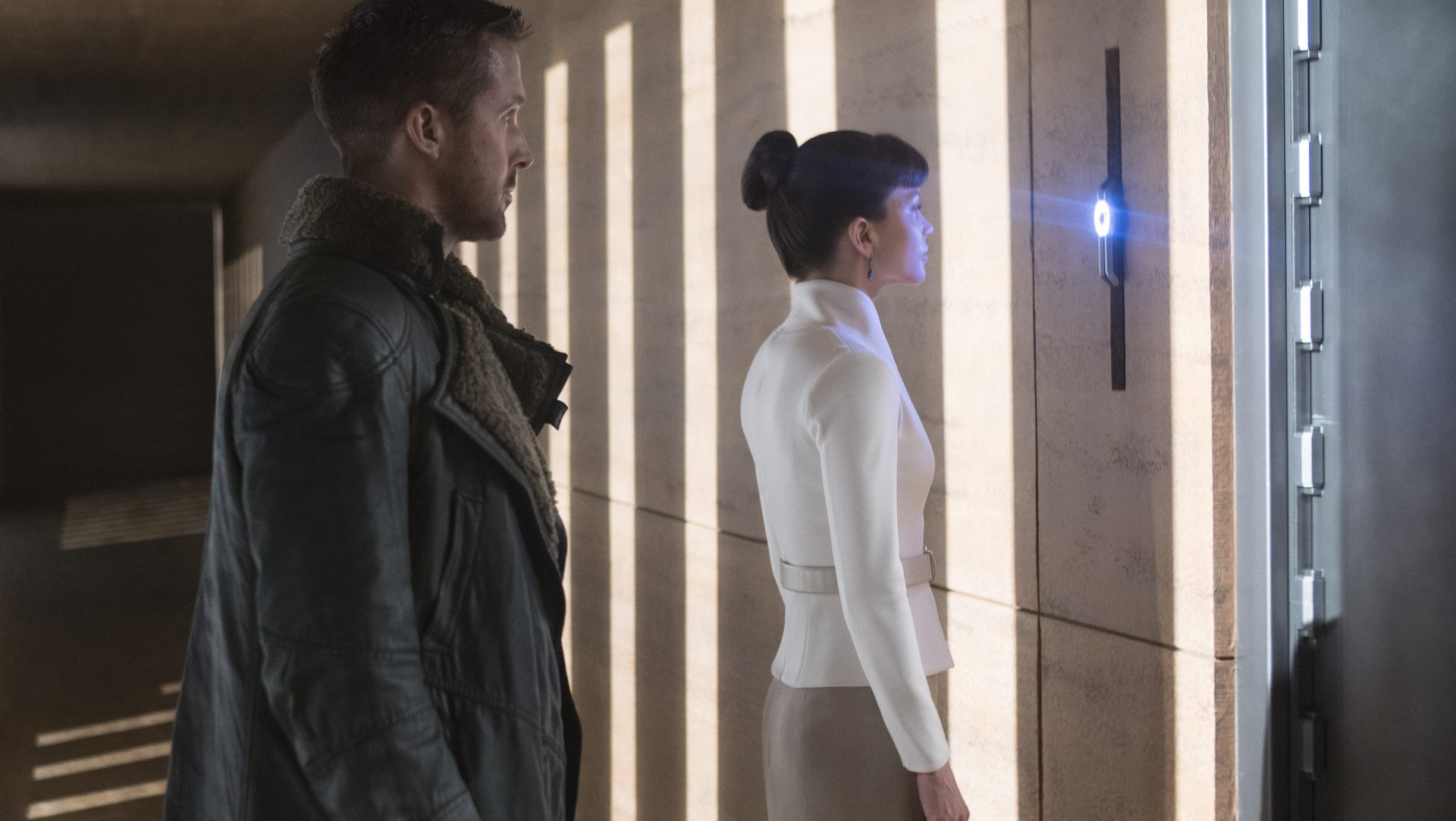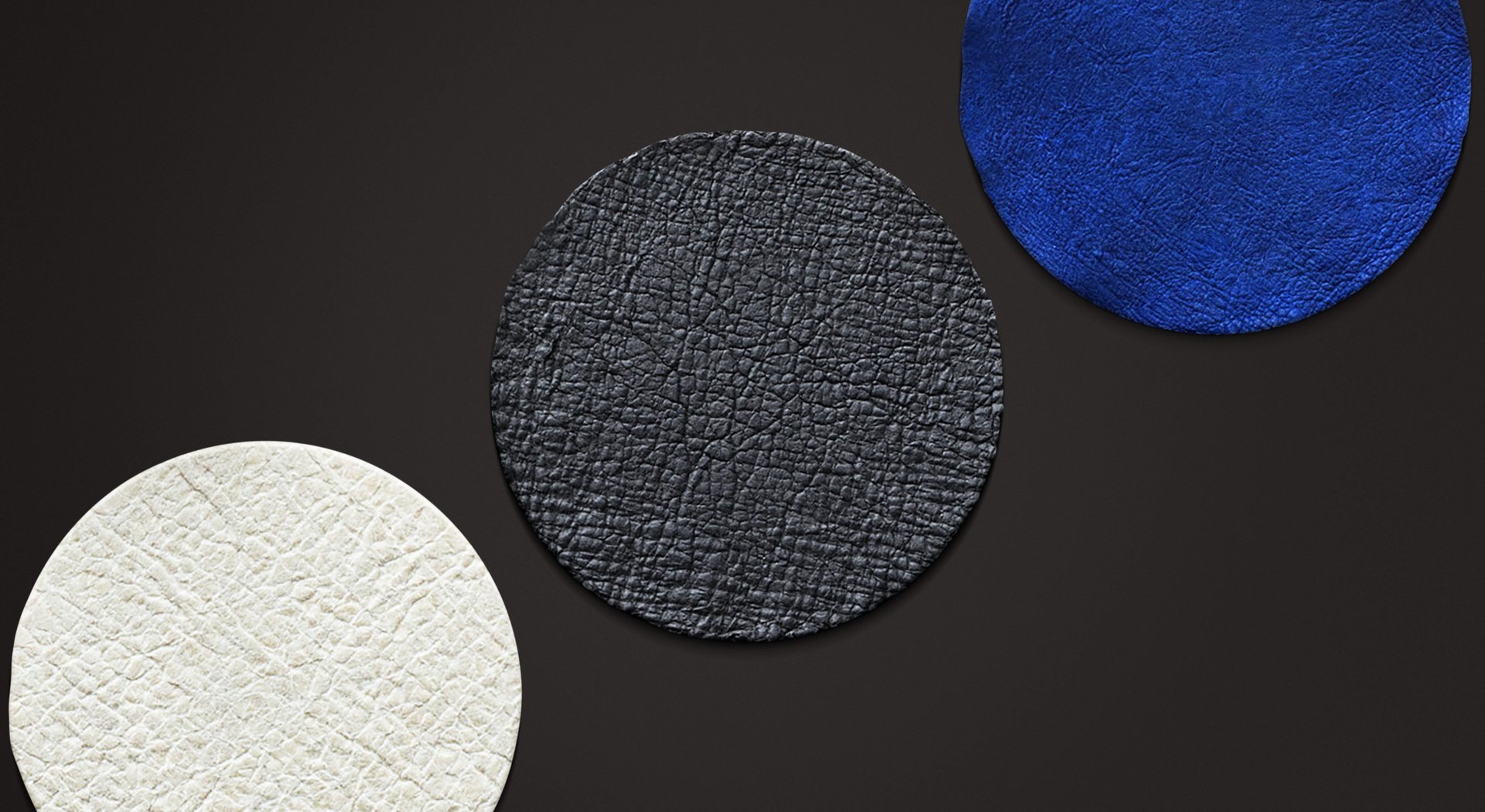Ryan Gosling’s amazing shearling coat in “Blade Runner 2049” is a replicant, too
From the moment the first trailer for Blade Runner 2049 appeared, style-conscious guys have been transfixed by the hefty shearling coat that Ryan Gosling wears in the movie.


From the moment the first trailer for Blade Runner 2049 appeared, style-conscious guys have been transfixed by the hefty shearling coat that Ryan Gosling wears in the movie.
Esquire proclaimed it the “real star.” Men’s Health said the coat worn by the Oscar-nominated actor “deserves its own award.” A slew of companies eager to capitalize on Google searches for “Ryan Gosling shearling jacket” are already selling their own version.
You might expect that the costume centerpiece of a highly anticipated movie with a reported budget of up to $185 million would at least be real shearling, meaning an actual sheep’s skin, tanned, with the fur still attached. You’d be wrong. Just like the “replicant” androids—made of organic matter layered over artificial intelligence—in the Blade Runner movies, the shearling looks like a natural product, but it isn’t.
Remember, in the story that inspired the original movie Do Androids Dream of Electric Sheep?, author Philip K. Dick dreamed up a dying world where real, living animals are scarce. Director Denis Villeneuve’s visually astonishing sequel picks up 30 years later, when conditions have gotten far worse. Real fur, costume designer Renee April told CNN, “hasn’t existed for many years.”
So Gosling’s shearling? “Actually it’s not shearling,” she explained. “It’s not leather, it’s cotton.” It looks the way it does because the costume department laminated it and then painted it.
Man-made flesh, scales, and hair of all sorts are a preoccupation in the decaying, dismal world of Blade Runner. In the context of the movie, it’s not clear whether the coat is supposed to be some type of replicant, human-engineered shearling—but up close it’s clear it’s not leather.

But in the real world, technology is actually coming close to truly replicating animal products, without needing animals at all. Lab-made meat products are finding their way into restaurants and supermarkets. The biotechnology firm Modern Meadow recently unveiled premium leather made from collagen, produced by genetically engineered yeast that it grows in a lab. And companies are producing synthetic spider silk that possesses some of the mythical strength and stretchiness of real spider webbing.
These technologies are still in early stages, but one day it could be common to see animal products replaced with “replicant” versions. The hope is that choosing these more sustainable products now will help avert a dystopian future like that of Blade Runner 2049—one where we no longer have a choice.